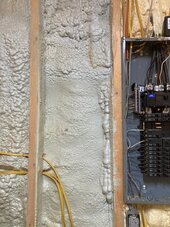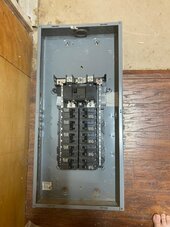KevinC_63559
New Member
Ah, a few other tidbits I'm finding:
/opt/victronenergy/swupdate-scripts contain a number of useful shells. "resize2fs" for instance will expand the root filesystem to use more space on the Micro-SD card. I ran it and root when from 91% full to 22%.
Also, the system has "vi" as an editor, which is convenient. "vi" is pretty consistent across virtually every flavor of Unix/Linux - highly recommended to learn. (Some systems even have "vi-learn" installed - learn it once, and you have an editor for life.)
Found a number of hints here.
Oh, I should point out doing any of this wrong and your might screw up your Pi image. Of course, you can always reburn it and start over (I know I have a number of times).
/opt/victronenergy/swupdate-scripts contain a number of useful shells. "resize2fs" for instance will expand the root filesystem to use more space on the Micro-SD card. I ran it and root when from 91% full to 22%.
Also, the system has "vi" as an editor, which is convenient. "vi" is pretty consistent across virtually every flavor of Unix/Linux - highly recommended to learn. (Some systems even have "vi-learn" installed - learn it once, and you have an editor for life.)
Found a number of hints here.
Oh, I should point out doing any of this wrong and your might screw up your Pi image. Of course, you can always reburn it and start over (I know I have a number of times).






